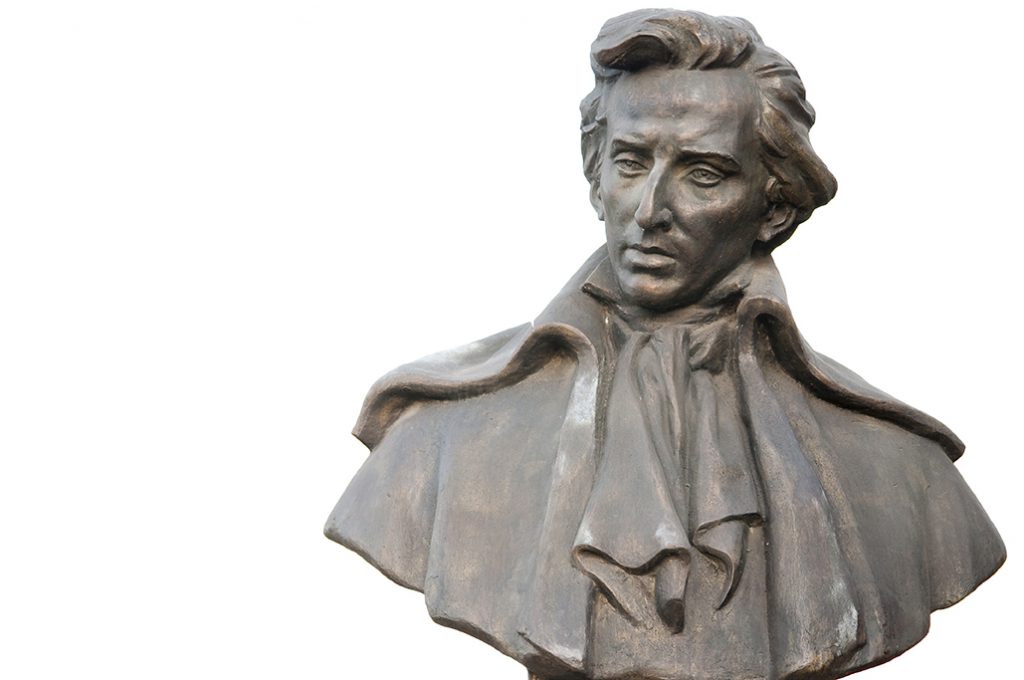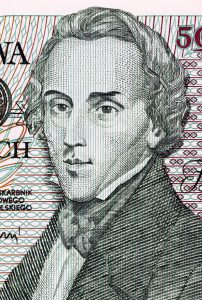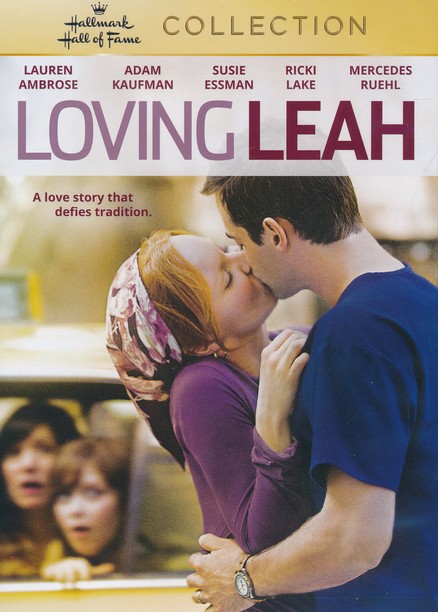If one was to choose a child prodigy, an absolute master of pianistic talent and abilities as a brilliant composer of piano music of the 19th century, it would have to be Frederic Chopin. His skills on piano were legendary as were his compositions for solo piano, with small ensemble, and orchestra.
Early Background
Chopin (1810 – 1849) was born into a middle-class family in Zelasowa Wola not far from Warsaw, Poland. His father, Mikolaj (Nicolas), a Frenchman who had quite a few occupations, was a tutor for aristocratic families in Warsaw. This position exposed young Frederic to cultured Warsaw society. His father also played flute and violin and eventually became a professor at the Warsaw Lyceum. Chopin’s mother, Justina, from Poland, introduced young Frederic to music. His talent for music was obvious at an early age, and he studied music beginning at age six. Chopin composed and published his first piece at age seven and began his career as a concert pianist at age eight. His general education was adequate but not great. A true child prodigy, he studied at the Warsaw Conservatory from 1826 where he graduated with honors in 1829.

Chopin left on an extended concert tour of the main German cities, ending in Paris, France. He subsequently left Poland for good and settled in France, his father’s homeland. Some years later, in 1835, he became a French citizen.
In France he supported himself by selling his compositions and by giving piano lessons. Chopin was in great demand as a piano teacher. As a soloist he was known for his exquisite playing, his ability to improvise, and his delicacy and beauty of tone. His temperament and style were more conducive to a small salon rather than a large concert hall.
The study of composition was enhanced by his teacher and mentor, Joseph Elsner. In Chopin’s early period he composed two of his most distinguished piano compositions, both piano concerti, where the orchestra plays a secondary role to the piano. His manner and style eventually caught on with the Parisian public and he became one of the most popular, in demand, and well-paid performers in Paris.
It was in Paris where he met Franz Liszt with whom he often appeared in concerts. They became friends and Liszt helped Chopin gain a following and a great reputation. He developed friendships with other famous romantic period composers including Mendelssohn and Berlioz.
Chopin’s Mature Period
He wrote some 170 works for piano. In his writing he was fond of long, rather sustained lines, and soring melodies, frequently embellishing those melodies. He often used folk music and dances from his native Poland.
Many historians and musicologists have said Chopin was much more comfortable in shorter musical forms. He was particularly fond of dance music. His waltzes reflected this love of the form but interestingly, the waltzes were not very danceable, due to their unexpected and surprising changes of tempo and rhythm.

The year 1837 saw the beginning of a ten-year period in Chopin’s life with French writer, Amantine Dupin, who used the male penname, George Sand. She apparently inspired Chopin during some emotionally troubled but productive and prolific times, composing some of his greatest music. During this period, he was experiencing some health problems. Their relationship ended unhappily and rather suddenly in 1847.
In the 19th century, the advanced mechanics of the piano were continually improving. One improvement that Chopin used to good measure was the damper pedal, as he was able to sustain chords with the use of this pedal.
Chopin’s Musical Output
When commenting on Chopin’s music, in general, Martin Bernstein in his book, An Introduction to Music, reflects that Chopin wrote with elegance and refinement. This is a generally held opinion by many learned musicians. His music exhibits great variety and he was not afraid to use dissonance in his composing, but not to an extreme.
Among his many works are: 19 Nocturnes – his most popular pieces suggesting calmness in nighttime; 24 Preludes – short pieces in major and minor keys; 24 Etudes (French for studies). These Etudes are pieces to develop instrumental technique. Four Scherzos, in triple time with a rapid tempo. Three impromptus, communicating an impression of improvisation. Four ballades; extensive pieces, narratives in music, often lyrical and heroic in tone, suggesting stories. Waltzes, including some reminiscent of Austrian or German dance forms. Mazurka; a lively Polish peasant dance, with a lively tempo in triple rhythm. His ballads and Mazurkas were some sources for his rhythms and unusual melodies. Polonaise; a more formal, slow, courtly processional dance in triple rhythm of Polish origin. These last three forms show that Chopin was a champion of the Polish Nationalistic School. Chopin was a passionate Polish Nationalist who loved his country but detested with a vengeance the Czarist Regime. He also wrote two Piano Concertos (No. 1 & No. 2). His works represent a substantial output for someone so young.
Not too long ago I saw a film depicting the life, trials, and tribulations of Frederic Chopin, titled, A Song to Remember. The film, released in 1945, was directed by Charles Vidor with music by Miklos Rozsa. The movie starred Cornel Wilde as Chopin. Paul Muni played Professor Joseph Elsner Chopin’s teacher and mentor who guided Chopin in his early years in Poland and early adulthood.
Merle Oberon played George Sand, with whom Chopin had a ten-year association. In some ways it was fictionalized, and in other ways it was quite accurate, according to what we know now through research and the writings of musicologists.
Unfortunately, he didn’t live a normal lifespan. He would have left many more masterpieces with historic significance for us to enjoy. In 1849, at the age of 39, Chopin died of consumption (tuberculous).
A quote from Chopin: “Simplicity is the final achievement. After one has played a vast quantity of notes and more notes, it is simplicity that emerges as the crowning reward of art.”
Mark Your Calendar! for American Icons: Goldman, Rogers, and Sousa, our annual concert at the Blackhawk Museums, March 15th at 2:00 p.m. Come early, Free Parking. Visit our website at danvilleband.org for up-to-date information about the Danville Community Band or reach me at banddirector01@comcast.net.










